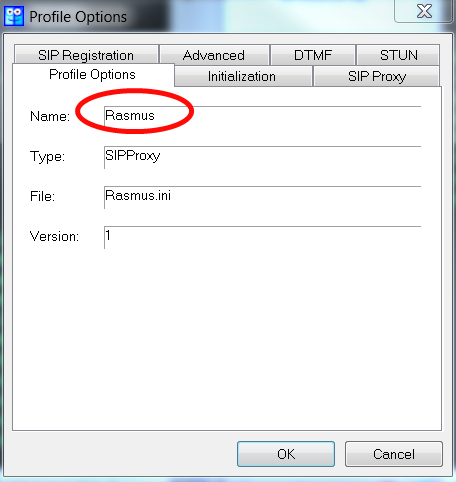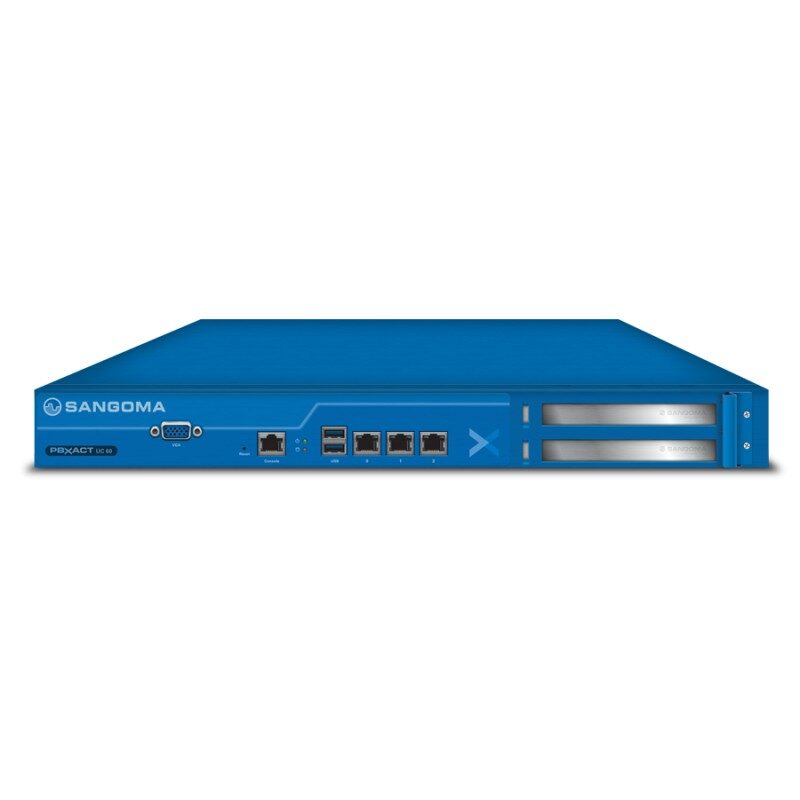
This has the consequence that the TFTP daemon must be run with a different user than "nobody" (as it does by default), otherwise it would not have write rights on the /tftpboot directory, so we create a specific user "tftpserver" that also belongs to the group "asterisk", and we add the -user tftpserver parameter.Īside from firewalling access to the TFTP port with iptables to allow access only from the phones' IP range, we apply no further protection as the TFTP daemon cannot cross the boundaries of the directory specified in the -s parameter, in this case a dead end /tftpboot. the user entered data in the local directory) for subsequent retrieval when provisioning, and is very helpful to recover that end user generated information in case of a factory reset. I've purchased the Endpoint manager module and created a template and a config for a few phones, but when I ftp IP:69 from my windows workstation to my FreePBX box I. Some of them attempt to upload files (e.g. I've found several wiki pages on building the configuration files, but nothing about setting up DHCP to option 66 or how to make sure tftp is running on the FreePBX server, etc. We also usually enable the -c / -create option to let the phones save files on the /tftpboot folder.

If the standard verbosity obtained with –verbose is insufficient, the shorthand -v can be specified multiple times ( -vvv) to increase verbosity. Hi AllThanks for taking the time to read this.I'm in a bit of a strange place.I'm looking for a blacklist of possible applications not to allow on my Windows PCs.Does anyone have this or does having a whitelist of allowed applications seem to be a better. I already have a tftp server surring on that PBX.

Currently have Win7 Pro 64, Win7 Pro 32, Linux Mint as my OS hard drives which I use m. My OS disks are SAS hard drives through an ICY dock.

My hardware: Dell T7500, 2 x quad core, 24 Gb RAM, running 2x2TB SATA hard drives in raid1 is my "Storage" drive.


 0 kommentar(er)
0 kommentar(er)
